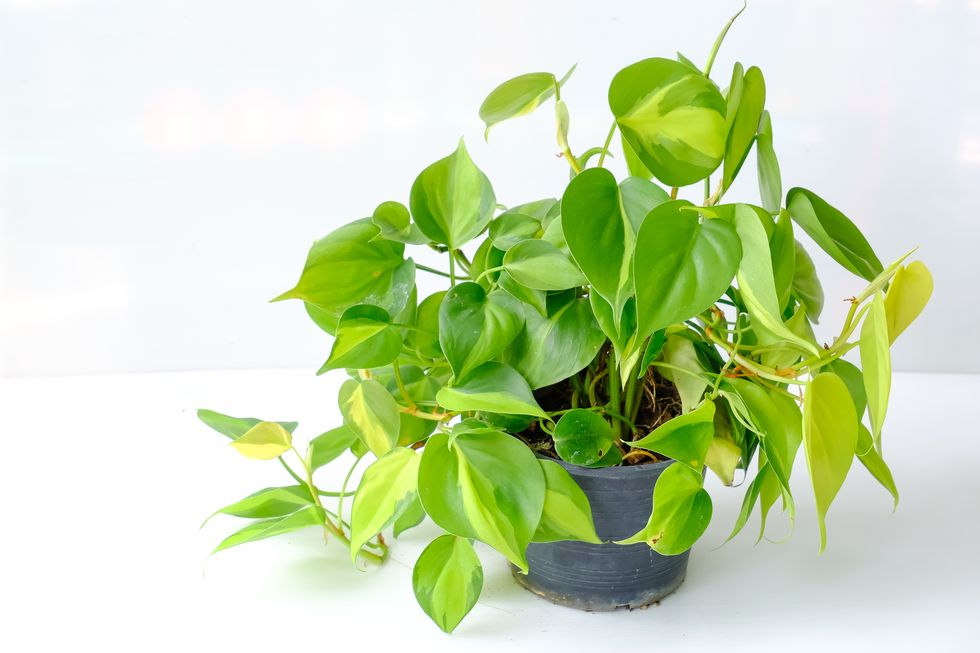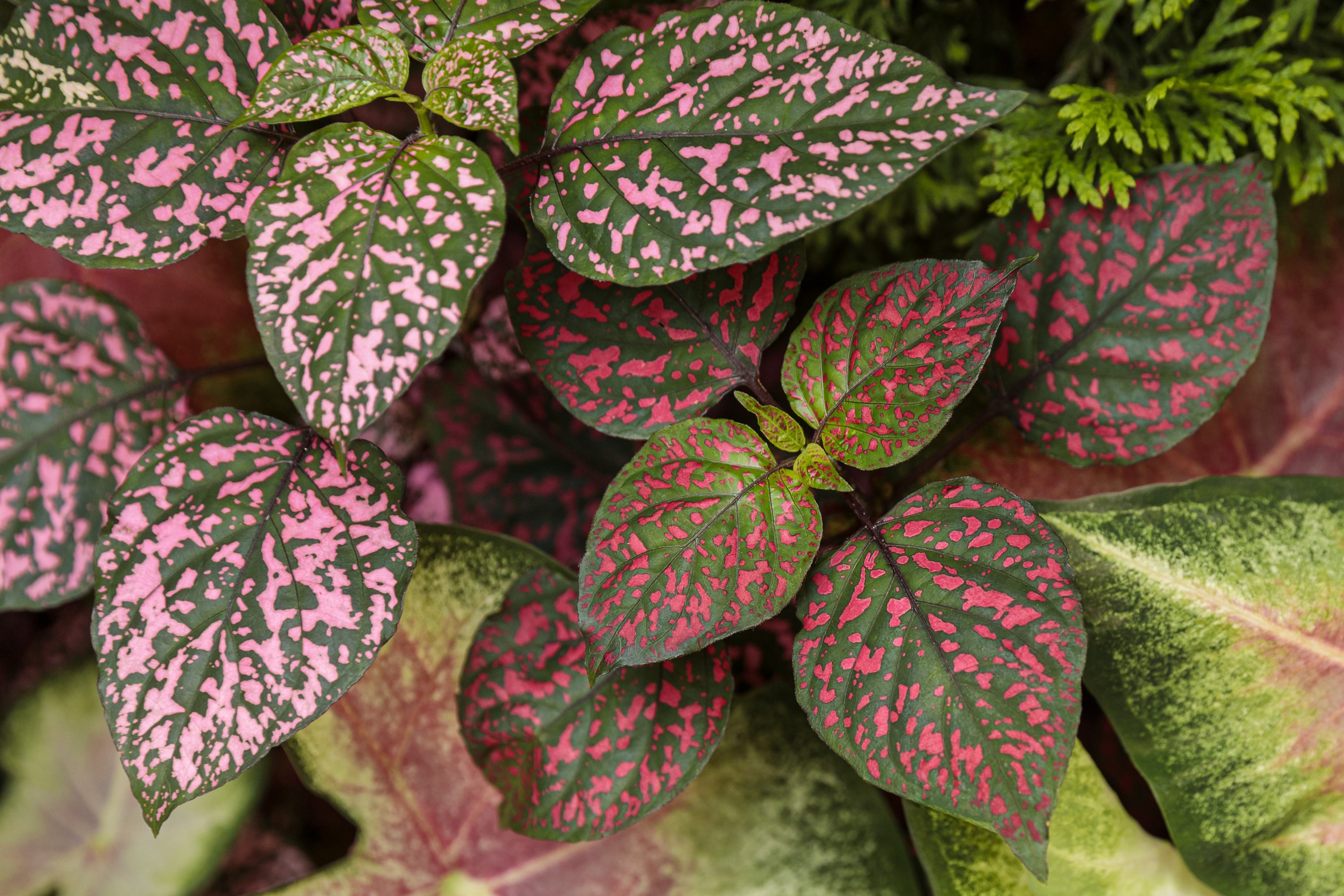How To Care For Philodendron (Philodendron)
Philodendron, a popular tropical plant known for its lush foliage and easy care requirements, has been cultivated for centuries for its ornamental beauty. Belonging to the Araceae family, it is native to the tropical rainforests of South America. In recent years, the Philodendron has gained popularity as a houseplant, thanks to its ability to thrive in indoor environments with minimal maintenance.
With the increasing interest in indoor gardening and plant decor, caring for Philodendron has become a common concern for plant enthusiasts. One key aspect of Philodendron care is providing the right amount of water and sunlight. Overwatering can lead to root rot, while inadequate light can cause the plant to become leggy and lose its vibrant green color. Finding the right balance is essential for the health and growth of the plant.
Another important factor to consider when caring for Philodendron is the type of soil and potting mix used. A well-draining potting mix is recommended to prevent waterlogging, which can lead to various issues such as root rot and fungal diseases. Repotting the plant every 1-2 years is also beneficial, as it allows the roots to spread and the plant to continue growing vigorously.
In addition to proper watering, lighting, and potting, regular fertilization is key to promoting healthy growth in Philodendron plants. A balanced liquid fertilizer can be applied every 4-6 weeks during the growing season to provide the necessary nutrients for optimal growth. With proper care and attention, a Philodendron plant can thrive and beautify any indoor space, bringing a touch of the tropical rainforest into your home.

How Can You Properly Care for Your Philodendron Plant?
If you have a Philodendron plant in your home, you may be wondering how to best care for it to ensure it thrives. Philodendrons are popular houseplants known for their attractive foliage and easy-going nature. To properly care for your Philodendron, you will need to consider factors such as light, water, temperature, and soil conditions. In the following sections, we will delve into each of these aspects in detail to help you keep your Philodendron healthy and happy.

Light
Philodendrons prefer bright, indirect light. They can also tolerate low light, but their growth may slow down. Keep them away from direct sunlight, as this can scorch their leaves.
Water
Water your Philodendron thoroughly when the top inch of soil is dry. Allow excess water to drain out of the bottom of the pot to prevent root rot. During the winter months, water less frequently as the plant’s growth slows down.
Temperature and Humidity
Philodendrons thrive in temperatures between 65-80°F. They prefer higher humidity levels, so consider placing a humidifier near them or misting their leaves regularly. Avoid placing them near drafts or air conditioning vents.
Soil
Use a well-draining potting mix for your Philodendron, such as one that contains perlite or sand. Repot your plant every 2-3 years to refresh the soil and provide room for growth.
Fertilizer
Feed your Philodendron with a balanced liquid fertilizer during the growing season (spring and summer) to promote healthy growth. Avoid fertilizing during the winter months when the plant is dormant.
Propagation
Philodendrons can be easily propagated through stem cuttings. Simply cut a healthy stem with at least one leaf node, place it in water until roots develop, then plant it in soil.
Pests
Keep an eye out for common houseplant pests such as spider mites and mealybugs. If you notice any infestations, treat your Philodendron with neem oil or insecticidal soap.
Pruning
Regularly prune your Philodendron to encourage bushier growth and remove any yellowing or dead leaves. Use sharp, clean scissors to make clean cuts and avoid damaging the plant.
Statiscs
According to a recent survey, Philodendron is one of the top 10 most popular houseplants in the United States, with sales increasing by 20% in the past year alone.
Conclusion
In conclusion, caring for a Philodendron plant is relatively easy as long as you provide it with the right conditions. Philodendrons thrive in indirect sunlight, moist but well-draining soil, and regular watering. It is important to avoid overwatering and ensure proper drainage to prevent root rot. Pruning is also essential to encourage new growth and maintain a healthy plant. Additionally, Philodendrons benefit from occasional fertilization during the growing season to provide them with necessary nutrients.
Overall, Philodendrons are a popular choice for houseplants due to their low maintenance requirements and beautiful foliage. With the right care, these plants can thrive indoors and bring a touch of greenery to any space. By following the tips and guidelines outlined in this article, you can ensure that your Philodendron remains healthy and vibrant for years to come. Remember to observe your plant regularly and make adjustments to their care routine as needed to keep them happy and thriving.

:max_bytes(150000):strip_icc():format(webp)/GettyImages-511790642-2000-6fe26923bfb040cab1ebcf930a5933ca.jpg)




